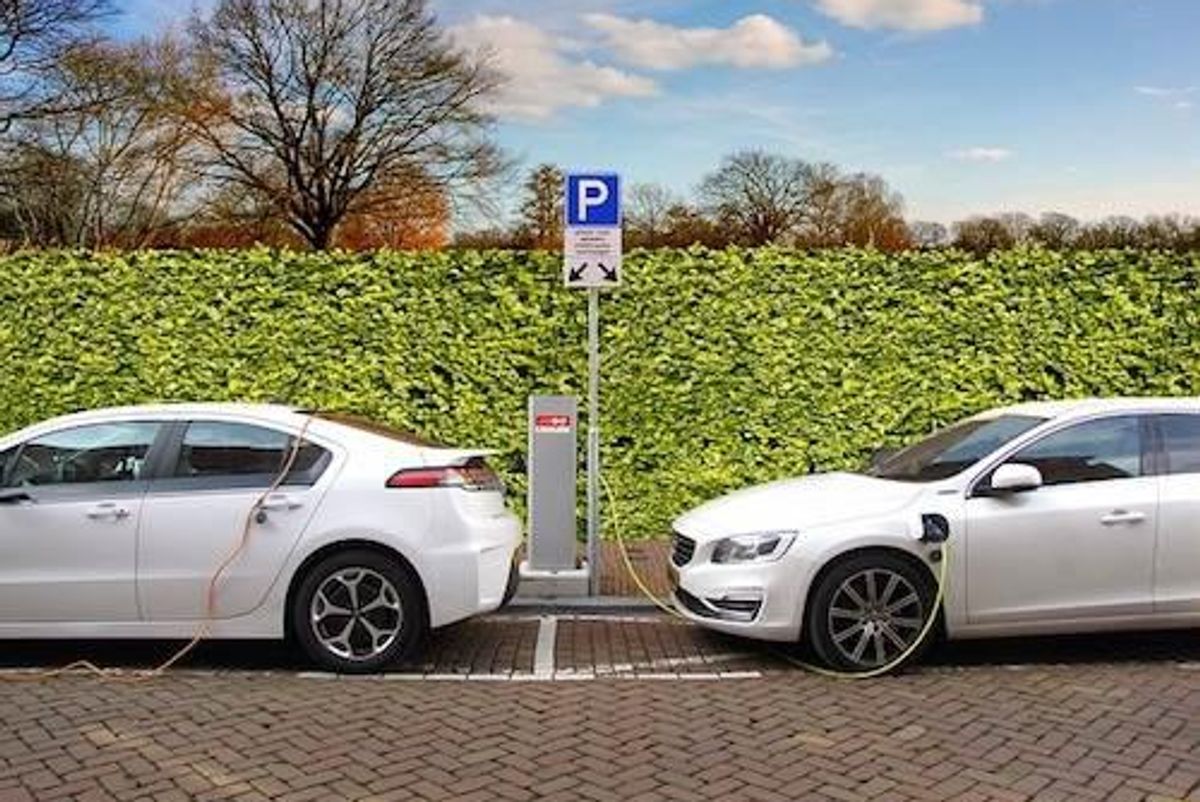Transparent Nickel Miners Will Have an Edge with Car Manufacturers

Srinath Rengarajan, senior automotive research analyst at Oliver Wyman, sat down with INN at the 6th International Nickel Conference held in Toronto last week.
The Investing News Network (INN) sat down with Srinath Rengarajan, senior automotive research analyst at Oliver Wyman, at the 6th International Nickel Conference last week.
Topics covered at the show included how nickel will remain relevant in the battery market, the evolution of the electric vehicle (EV) sector and what needs to happen next to ensure green vehicles become a common sight on our roads and highways.
The two-day conference, held in downtown Toronto, was the first time in decades that analysts and specialists from the automotive sector were invited to a nickel-centric conference, a welcome shift from the mining-focused nature of most industry conferences.
“I think this is a significant shift,” said Rengarajan. “Mining industry experts who have been living in their own space and thinking in their own industry terms for so long are now suddenly looking outside. And what they’re doing is basically looking downstream, in their value chain, and seeing automotive as an important end customer for their products.”
This focus on collaboration was a steady theme throughout the conference, especially when it came to presentations around the future of the EV sector. The concept will also be key in terms of developing and implementing the next generation of batteries that will power electric cars, buses and other modes of transport.
“I think the first step has to be a dialogue so that there is transparency across the value chain for the automotive OEMs [original equipment manufacturers],” noted Rengarajan. “To know what’s going on in the sectors, what are the constraints, the enabling factors. Once that sort of transparency across the value chain is established, then everyone who is a part of the value chain starts benefiting.”
Transparency will be especially important when it comes to environmental targets around reducing emissions and sourcing green energy. The automotive sector is particularly vulnerable right now in this regard following the fallout from “dieselgate,” when Volkswagen (FWB:VOW) was caught manipulating exhaust emissions data, rocking the automotive industry just a few short years ago.
In fact, according to Rengarajan, the diesel debacle may be part of the reason the automotive sector is moving away from EV batteries containing high levels of cobalt.
He explained, “I think there are two reasons for the hesitation of automotive companies as far as cobalt is concerned. One is of course the price of cobalt; the other thing is the questions over the social responsibility aspects of the cobalt supply chain. And this is actually a big part of the reason why automotive companies seem to be taking a step away from it. Especially after dieselgate there is a conscious effort by OEMs to not get brought down in any kinds of scandals.”
While questions abound about sourcing cobalt in a responsible and environmentally aware way, this gives the nickel industry a chance to get ahead of the discussion and open a dialogue around its own environmental practises and greening, as long as it can ensure its ability to meet increasing demand.
Rengarajan suggested nickel miners should expand capacity to meet demand, as well as actively position themselves as greener through the way they produce the metal, then use that as a bridge to marketing their product.
“As long as you’re making these efforts, even if it results in marginal price increases, there would be a segment of the automotive manufacturers willing to pay that premium because the customers will be willing to pay the premium for it.”
Beyond rolling out a fleet of super-charged EVs fueled by the latest and greatest battery, there are also huge infrastructure challenges that will need to be fixed in order to make a true EV revolution sustainable and environmentally impactful, especially for countries facing pollution and other environmental challenges.
“The question becomes, okay, the cars themselves are electric, but what’s powering the cars?” the senior automotive research analyst pointed out. “In the case of a country like India, which is still heavily reliant on coal power plants, they are basically just shifting the emissions up the stream. So will this really have an environmental impact? Maybe not, unless the production of energy itself is also cleaner.”
Despite many of these issues being new to the mining sector, the automotive industry has been grappling with transparency and environmental impacts for decades. As Rengarajan noted, all members of the supply chain in the discussion should create a synergetic environment of collaboration where these big issues are top of mind, addressed and remedied.
After all, as he concluded, “we cannot move forward by looking exclusively in the rearview mirror.”
Don’t forget to follow us @INN_Resource for real-time updates!
Securities Disclosure: I, Georgia Williams, hold no direct investment interest in any company mentioned in this article.





